Left Subclavian Steal Syndrome
Left subclavian steal syndrome. Subclavian steal syndrome can become manifest in some patients with symptoms of arte-rial insufficiency afflicting the brain13 the upper extremity2 or even the heart if part of the coronary circulation is supplied via an IMA graft4 as was the case in this patient. There are several ways to treat Subclavian steal syndrome. Subclavian steal syndrome.
Subclavian steal syndrome is the medical term for a group of signs and symptoms that indicate retrograde blood flow in an artery. With subclavian steal syndrome if. It was the goal of this retrospective study to investigate the relationship between different vertebral artery waveform types and the side-to-side difference in systolic.
Pathophysiology of Subclavian Steal A subclavian steal syndrome may occur. Subclavian steal syndrome is a rare condition causing syncope or neurological deficits when the blood supply to the affected arm is increased through exercise. A side-to-side difference in systolic brachial arterial blood pressure is a common finding in subclavian artery stenosis and is frequently used as a screening tool for subclavian steal syndrome SSS.
Subclavian steal syndrome is treated using the same methods utilized in other forms of peripheral artery disease including lifestyle changes angioplasty and stenting surgical bypass and medications. The term subclavian steal describes retrograde blood flow in the vertebral artery associated with proximal ipsilateral subclavian artery stenosis or. Subclavian steal is secondary to a proximal stenosing lesion or occlusion in the subclavian artery typically on the left.
Subclavian steal syndrome is a form of peripheral artery disease which is any condition where arteries outside of the heart become narrowed. The physiology diagnosis and treatment of subclavian steal will be reviewed here. Some cases of subclavian steal syndrome involve retrograde blood.
Subclavian steal syndrome implies the presence of significant symptoms due to arterial insufficiency in the brain ie vertebrobasilar insufficiency or upper extremity which is supplied by the subclavian artery figure 1. If severe symptoms are present if the patient experiences a high level of suffering and if the examination reveals a severe narrowing or occlusion of the subclavian. However if the cause of subclavian steal syndrome is determined to be atherosclerotic stenosis or occlusion of the proximal subclavian artery patients should be.
Furthermore if a patient has undergone coronary revascularization with a LIMA graft new-onset angina may herald proximal left subclavian stenosis. The subclavian steal syndrome is a rare but important cause of syncope.
If severe symptoms are present if the patient experiences a high level of suffering and if the examination reveals a severe narrowing or occlusion of the subclavian.
However if the cause of subclavian steal syndrome is determined to be atherosclerotic stenosis or occlusion of the proximal subclavian artery patients should be. Subclavian steal syndrome is treated using the same methods utilized in other forms of peripheral artery disease including lifestyle changes angioplasty and stenting surgical bypass and medications. If severe symptoms are present if the patient experiences a high level of suffering and if the examination reveals a severe narrowing or occlusion of the subclavian. Subclavian steal syndrome can become manifest in some patients with symptoms of arte-rial insufficiency afflicting the brain13 the upper extremity2 or even the heart if part of the coronary circulation is supplied via an IMA graft4 as was the case in this patient. Some cases of subclavian steal syndrome involve retrograde blood. Subclavian steal syndrome. Pathophysiology of Subclavian Steal A subclavian steal syndrome may occur. There are several ways to treat Subclavian steal syndrome. The subclavian steal syndrome is a rare but important cause of syncope.
However if the cause of subclavian steal syndrome is determined to be atherosclerotic stenosis or occlusion of the proximal subclavian artery patients should be. However if the cause of subclavian steal syndrome is determined to be atherosclerotic stenosis or occlusion of the proximal subclavian artery patients should be. It was the goal of this retrospective study to investigate the relationship between different vertebral artery waveform types and the side-to-side difference in systolic. Subclavian steal syndrome is a rare condition causing syncope or neurological deficits when the blood supply to the affected arm is increased through exercise. A side-to-side difference in systolic brachial arterial blood pressure is a common finding in subclavian artery stenosis and is frequently used as a screening tool for subclavian steal syndrome SSS. Furthermore if a patient has undergone coronary revascularization with a LIMA graft new-onset angina may herald proximal left subclavian stenosis. Subclavian steal syndrome can become manifest in some patients with symptoms of arte-rial insufficiency afflicting the brain13 the upper extremity2 or even the heart if part of the coronary circulation is supplied via an IMA graft4 as was the case in this patient.



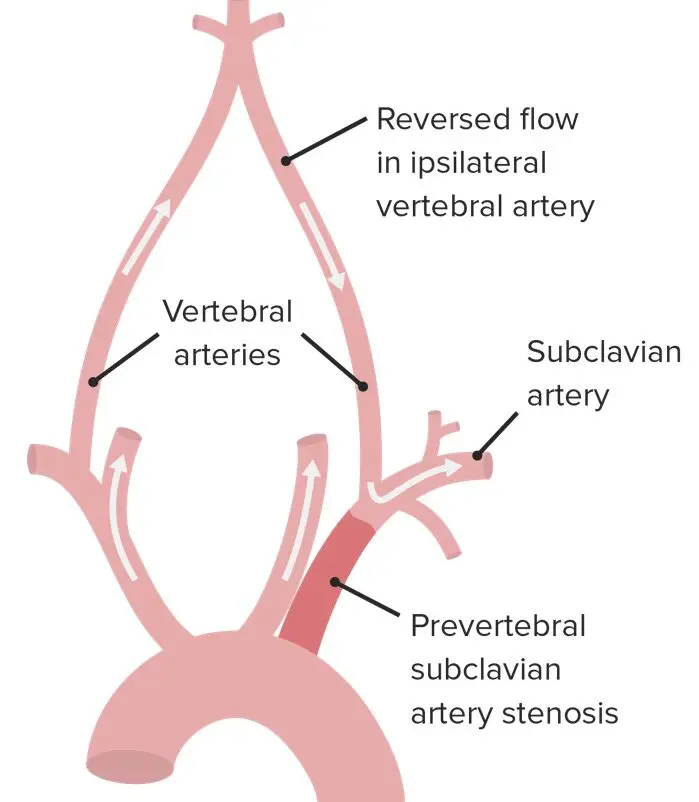
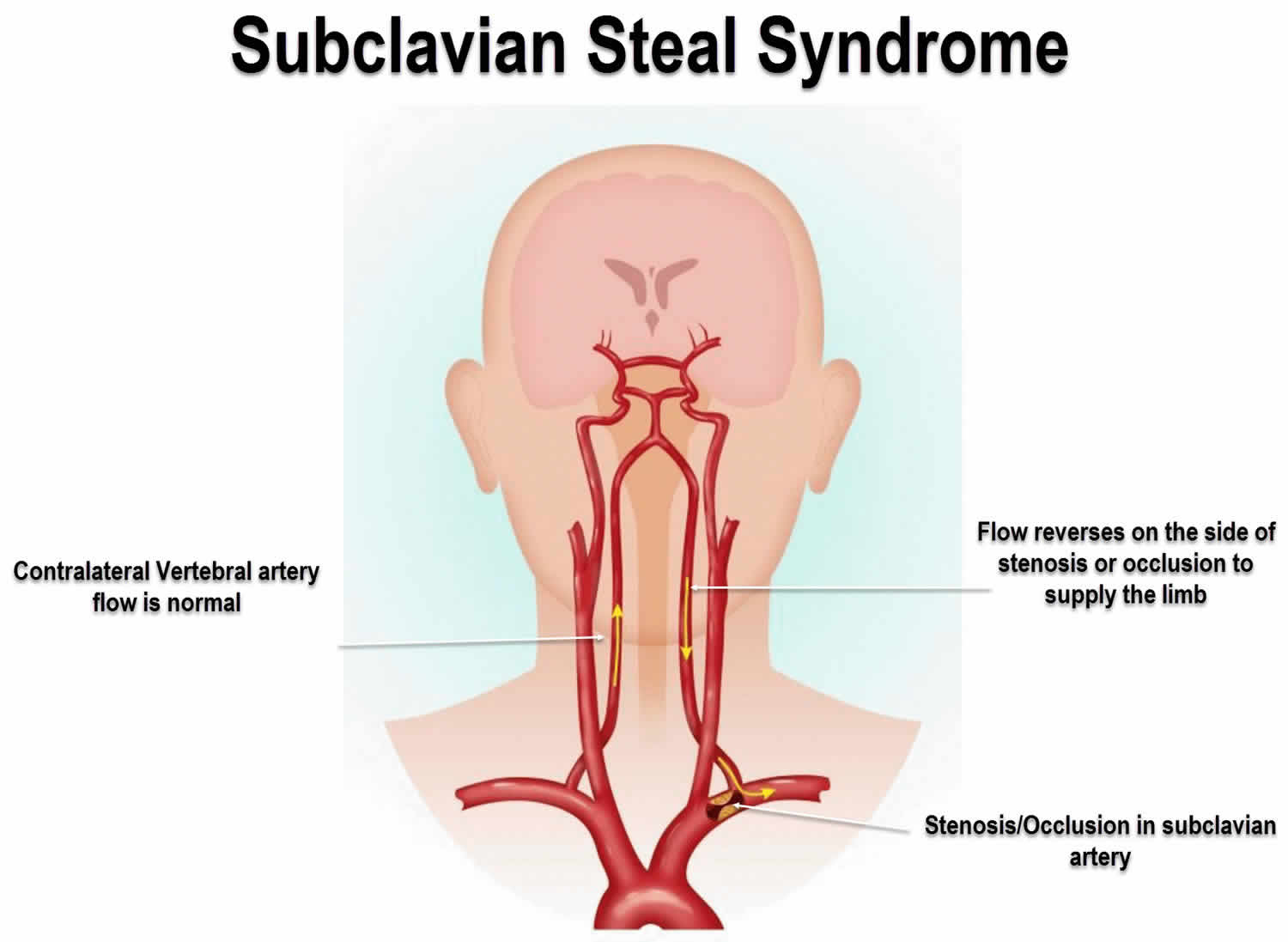





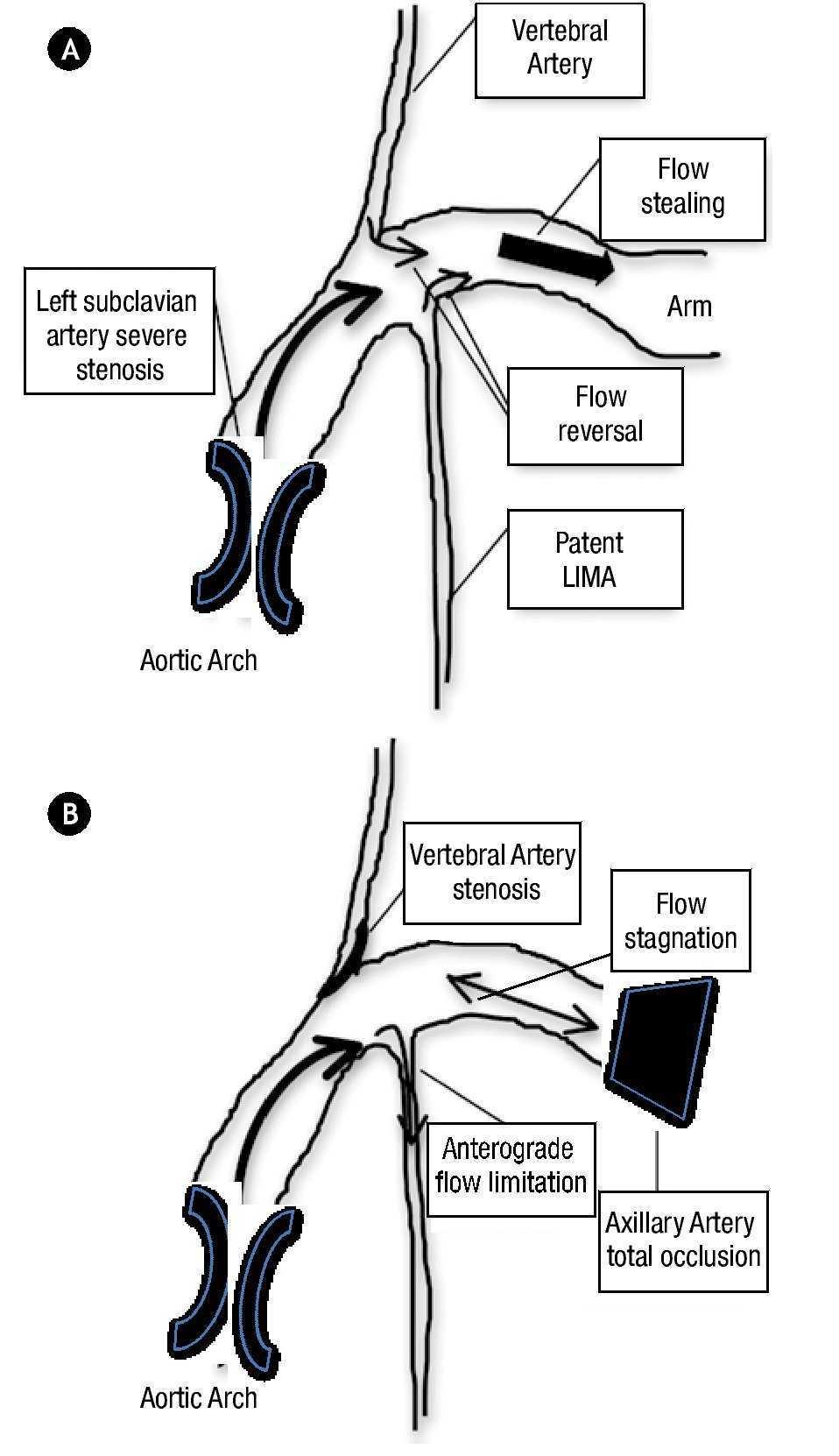
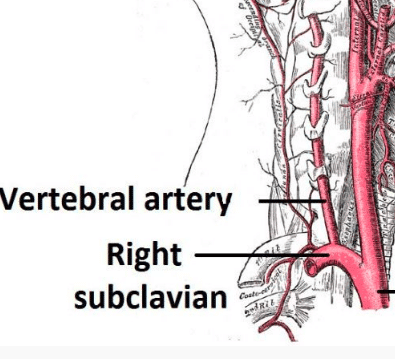

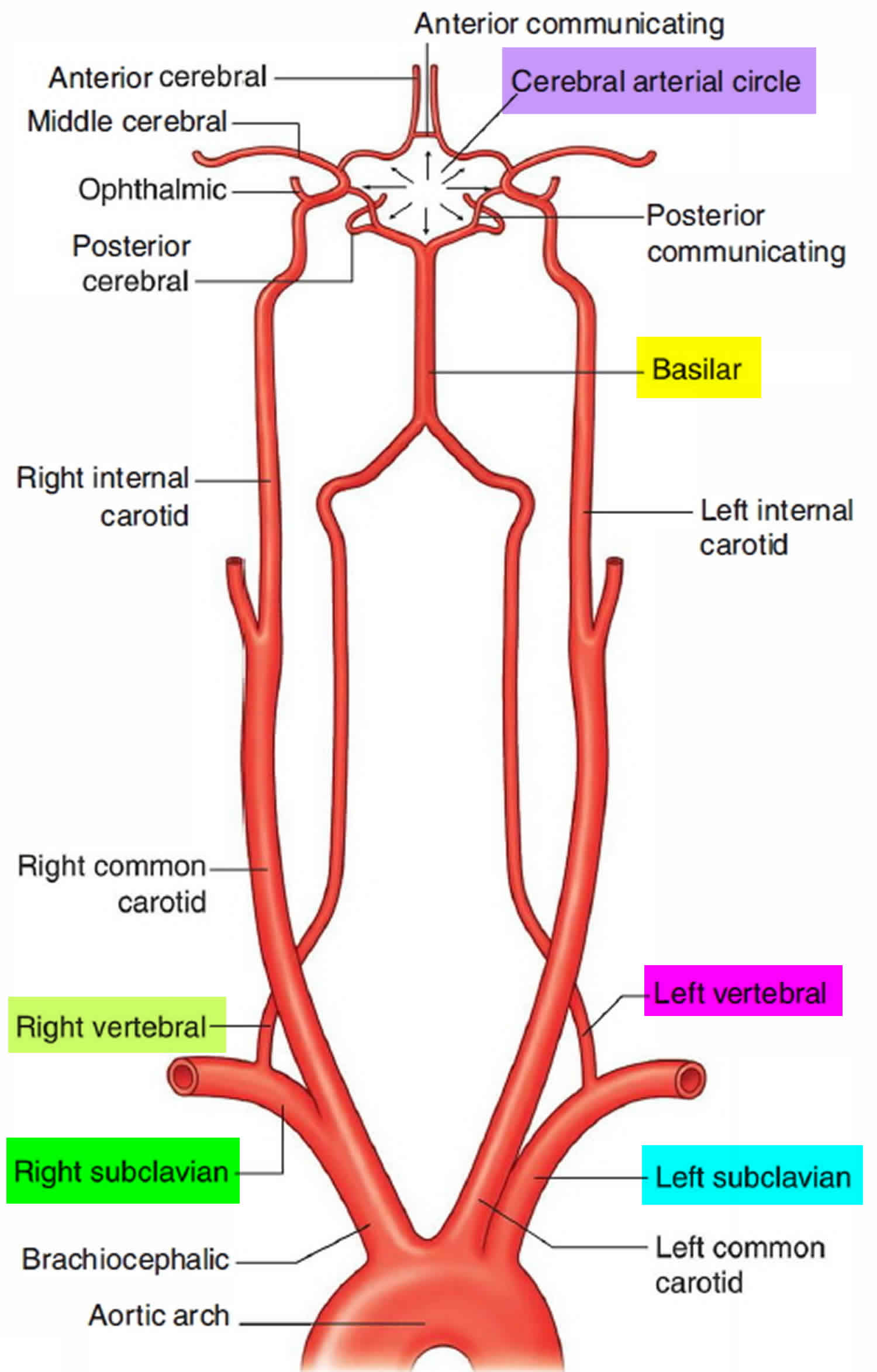














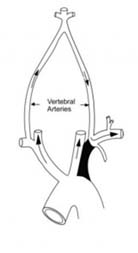






33145-6.fp.png)
/2019/images/figure1.1564038386.jpg)
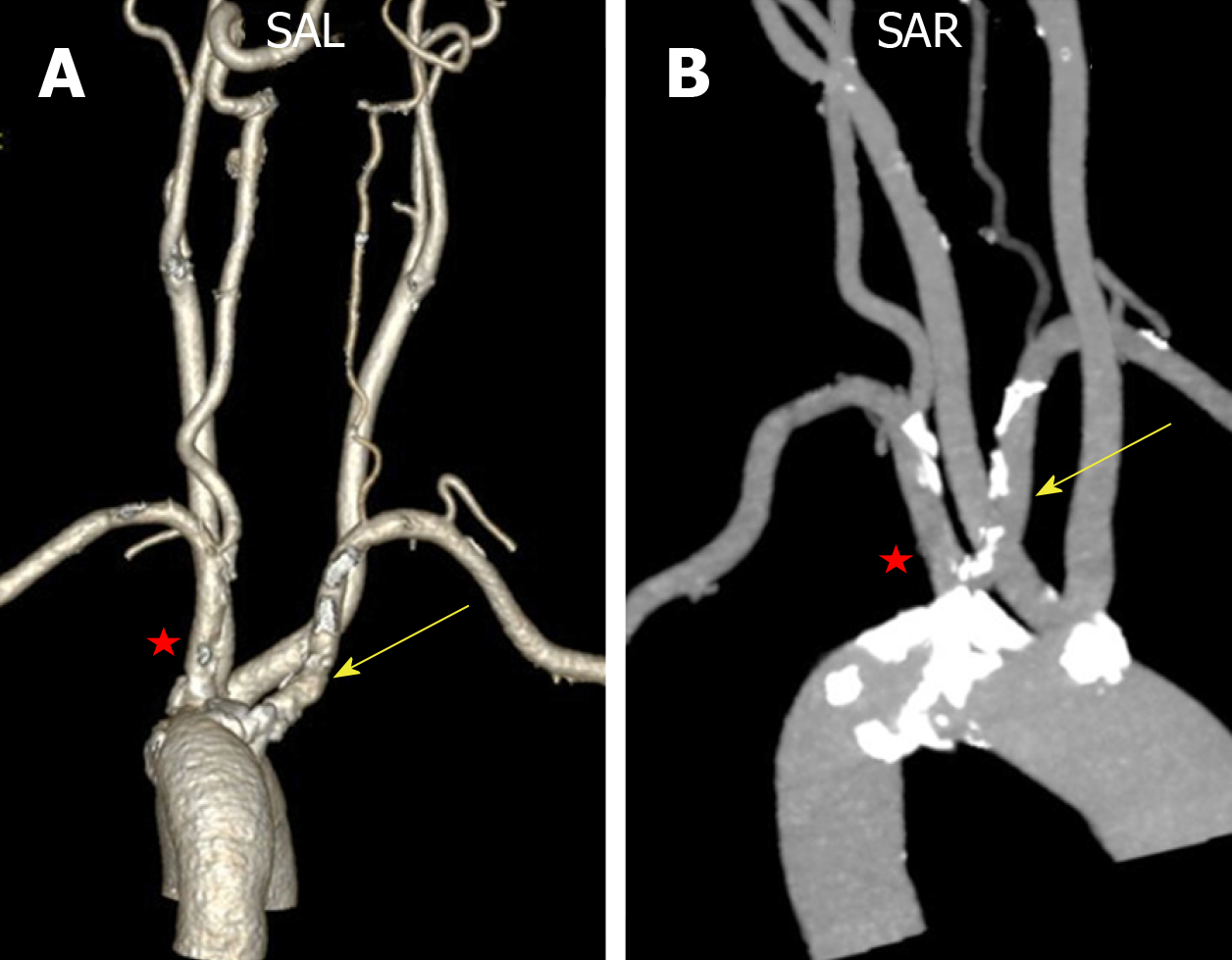



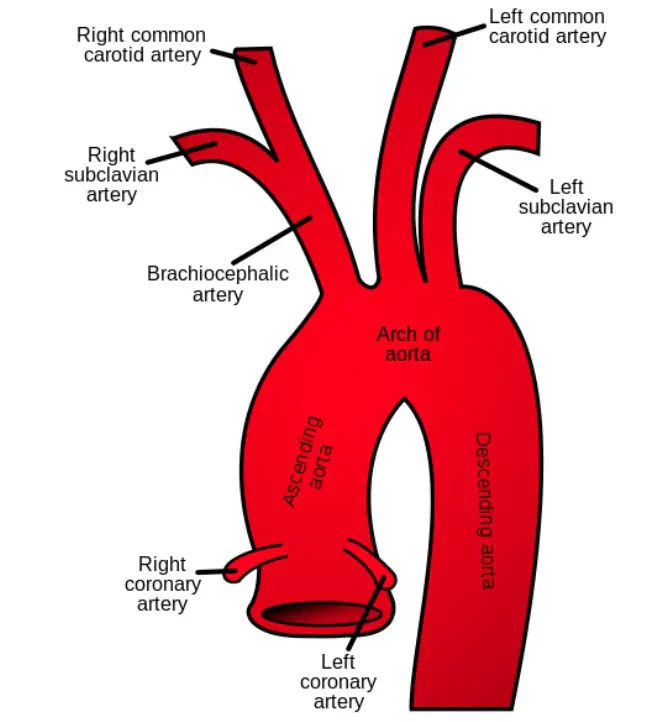
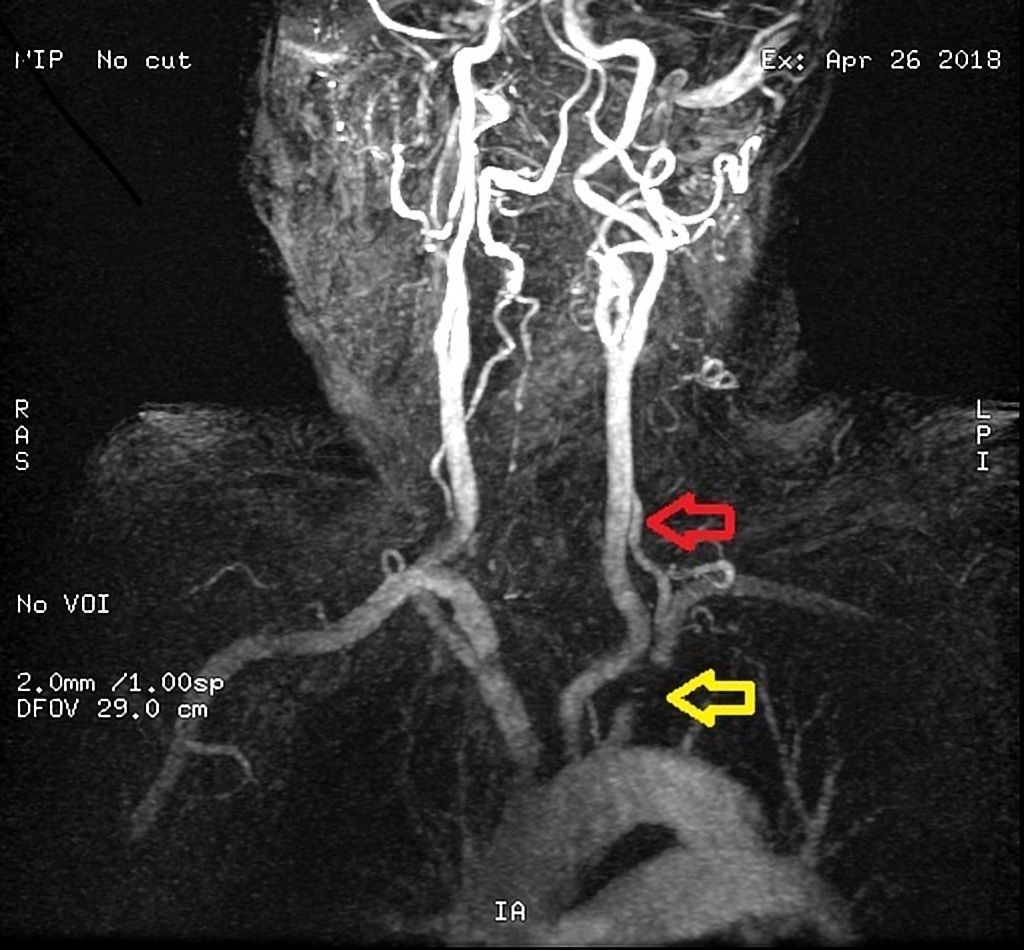
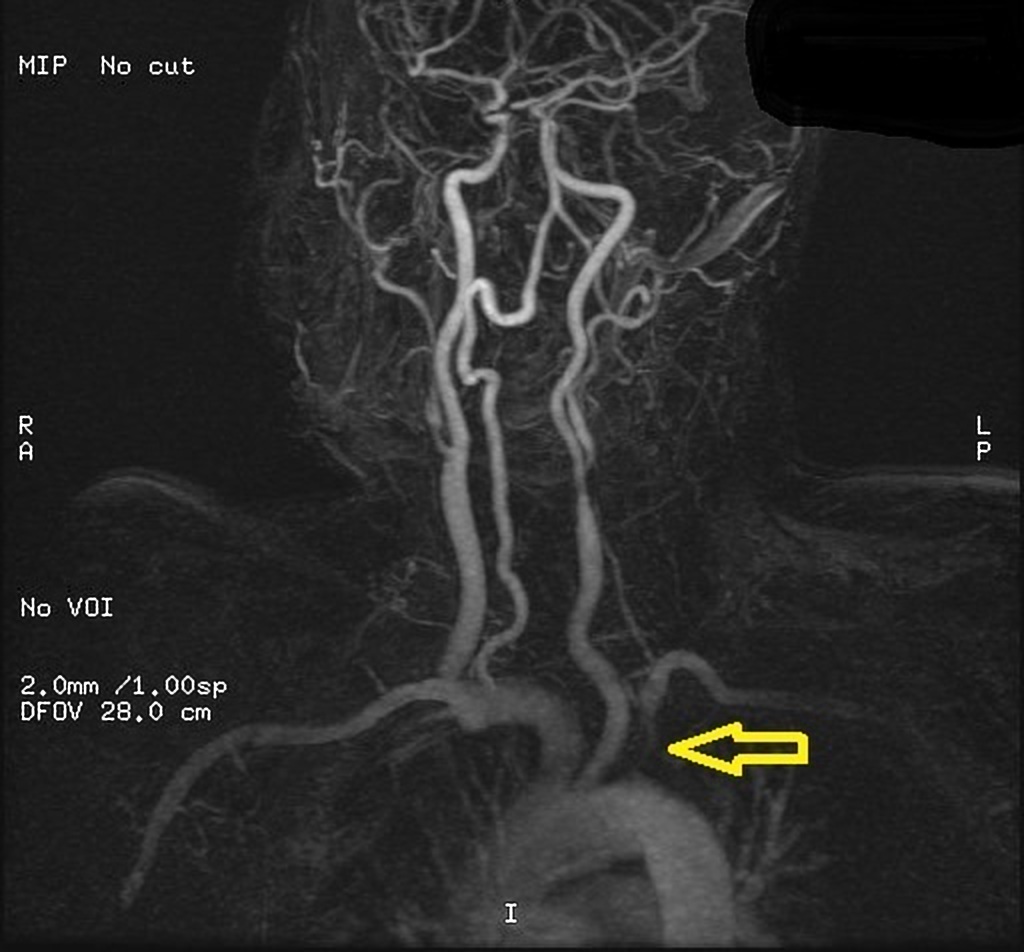


Posting Komentar untuk "Left Subclavian Steal Syndrome"